The Three Trees of Happiness
Let's start with a quiz. What three trees do the Japanese associate with happiness?
a. peach, plum, and apple
b. cherry, Japanese maple, and cedar
c. pine, bamboo, and plum
d. willow, pine, and cedar
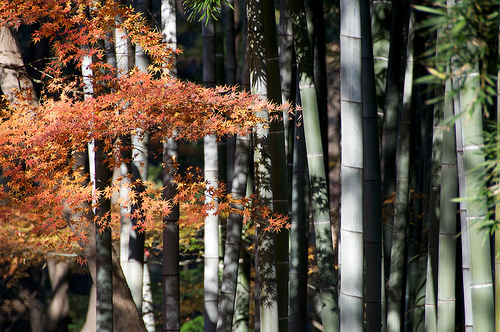
Photo Credit: Christopher Acheson
If you chose c, you were right (and I should send you a pine tree as a prize!). Here's the way to represent "pine, bamboo, and plum" in kanji:
松竹梅 (しょうちくばい) pine + bamboo + plum
Although 松竹梅 literally means "pine, bamboo, and plum," it also means "happiness" because people use these three trees for happy occasions. For instance, flower arrangements at weddings include sprigs of each tree. Moreover, New Year's greeting cards feature images of these three in any form, as well as the 松竹梅 characters. Gift wrap might also bear such pictures and characters. There's even a brand of saké named 松竹梅. People often give this kind of saké as a gift, such as when a store has a grand opening or when someone has an athletic victory. It's no surprise that you can find 松竹梅 on T-shirts. As with any new word, one soon starts spotting it everywhere!
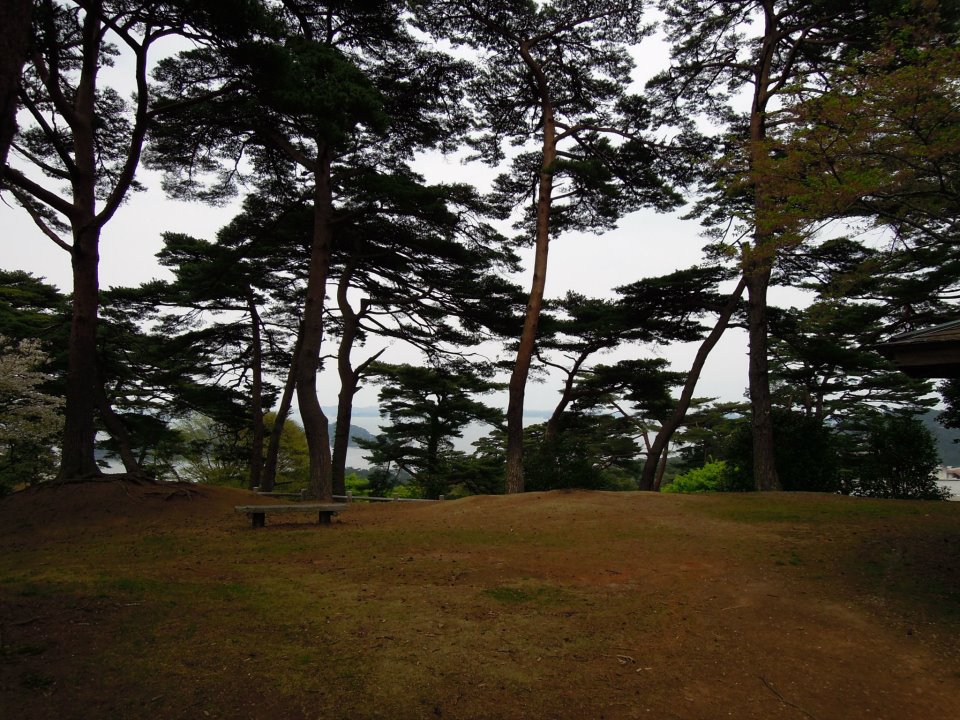

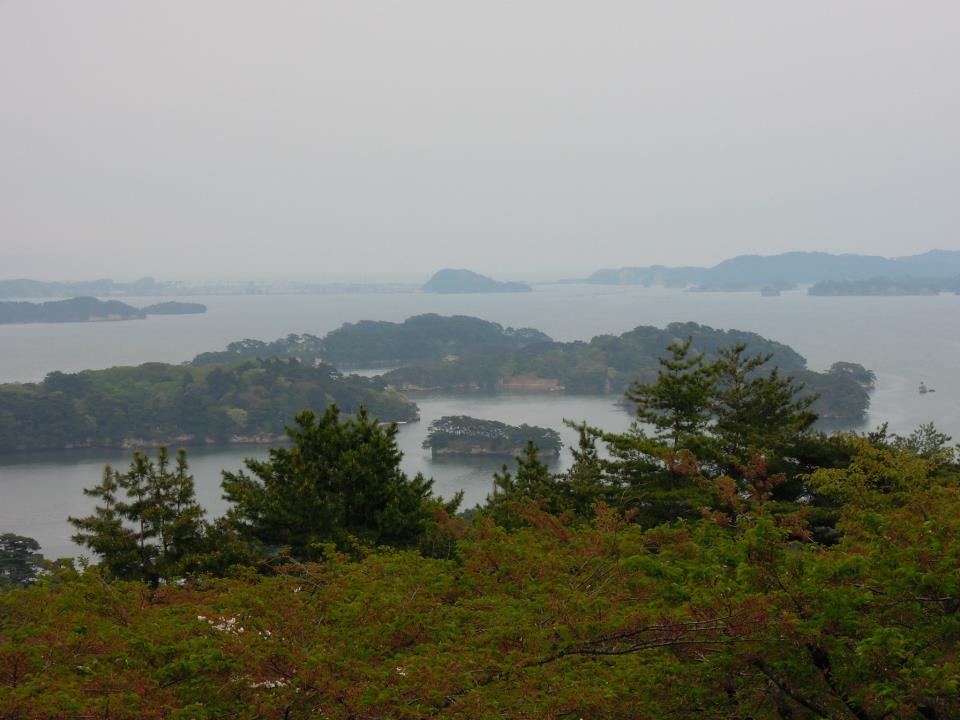
Photo Credit: Yoshikazu Kunugi
The view overlooking Matsushima Bay is supposed to be one of the three great views of Japan. Matsushima (松島: pine tree + islands) Bay abounds in small islands covered with pine trees.
However, questions remain. Why group these three trees? Is bamboo even a tree?! I never thought of it as such, and my dictionary defines "bamboo" as a "woody treelike grass."

Photo Credit: Eve Kushner
Bamboo forest in Kamakura.
Proofreader Shoji Matsumoto, who has supplied all of this wonderful information, tells me that when it comes to smaller bamboo stalks, people usually represent those with 笹 (ささ), a non-Joyo kanji, though sometimes with 竹 (たけ). As for the type of bamboo that grows large enough to form a towering forest, that's definitely 竹. (The forests are called 竹林, たけばやし, a kanji combination that offers an ultra-appealing repetition of components.) Shoji-san says that the Japanese ordinarily consider an enormous bamboo stalk to be a tree, even though that's technically incorrect. Okay, let's just go with the consensus and call it a tree, as well.
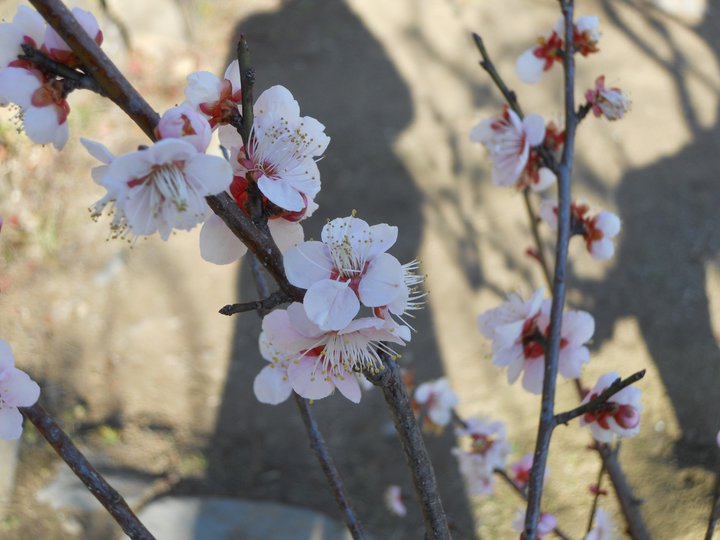
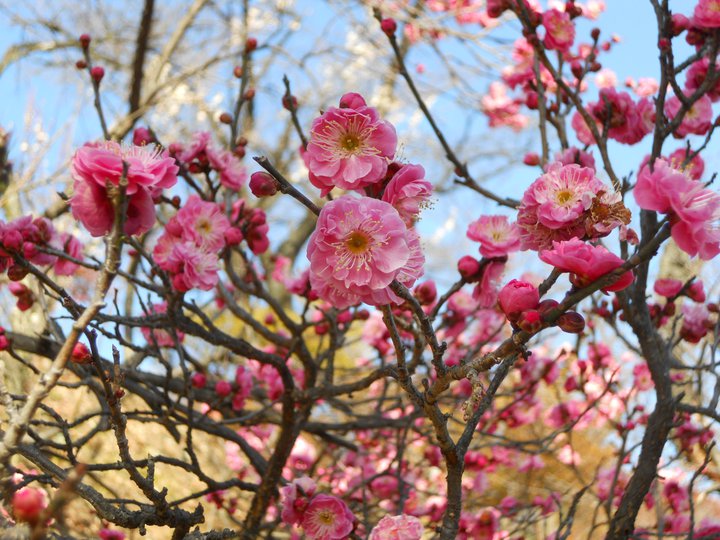
Photo Credit: Yoshikazu Kunugi
Plum blossoms.
Now, why associate 松竹梅 with happy occasions? It has to do with what each tree represents. Shoji-san explains it this way:
• Pine trees symbolize long life with their evergreen needles.
• Bamboo trees grow fast and straight, symbolizing youth and health. Again, all parts of this tree are evergreen.
• Plum trees tolerate the cold winter and are the first trees to bloom in early spring. For this reason, they symbolize toughness and health.
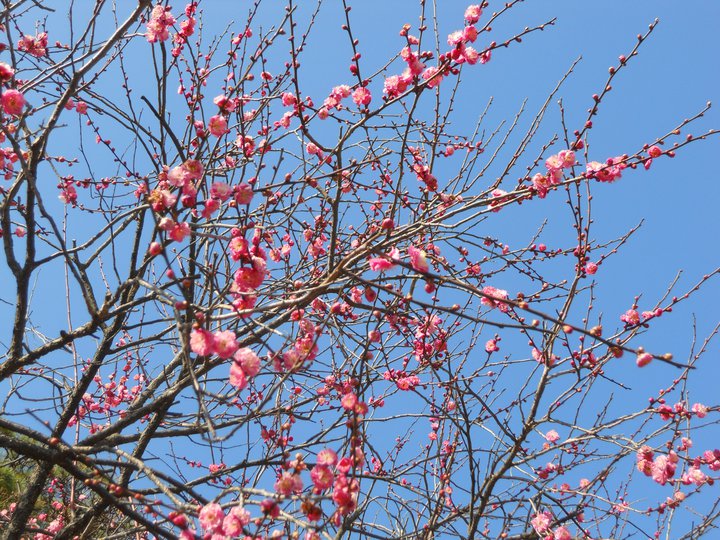
Photo Credit: Yoshikazu Kunugi
Taken in February at a Yamanashi Prefecture plum garden called 不老園 (ふろうえん: Garden of Perennial Youth). The god of the plum tree is enshrined in this garden.
Shoji-san always takes discussions in directions one wouldn't imagine, and so it was with 松竹梅. He explained that on certain kinds of menus, you can find the dishes labeled as 松, 竹, and 梅. This is a subtle, encoded way of saying "1st class," "2nd class," and "3rd class," respectively. The more explicit way would be to mark them as 上 (じょう), 中 (ちゅう), 下 (げ), in that order, but ordering the cheapest, "lowest" food branded as 下 would surely make a customer feel ashamed. Restaurant owners have devised the 松-竹-梅 system to spare people's feelings. (This reminds me of what a playwriting professor once remarked to our class: "You know how in 1st grade they divided kids into groups for reading and called them things like the eagle group, the donkey group, and the snail group? They said all the groups were equal, but if you were in that snail group, you had a sneaking suspicion that it would be much better to be an eagle.")
Coming back to 松竹梅, Shoji-san did some research and stumbled upon another nugget. That is, prostitutes in the Edo period (known as 遊女, ゆうじょ) were sometimes classified as 松, 竹, and 梅, according to their qualities. (He speculates that the important qualities might have been their looks and their lovemaking techniques!) Again, these "trees" corresponded to 1st, 2nd, and 3rd classes.
Shoji-san says that one conclusion is unavoidable: "All in all, I want to emphasize that my surname 松本 (まつもと) is 1st class, the name 竹田 (たけだ) is 2nd class, and the name 梅田 (うめだ) is 3rd class!
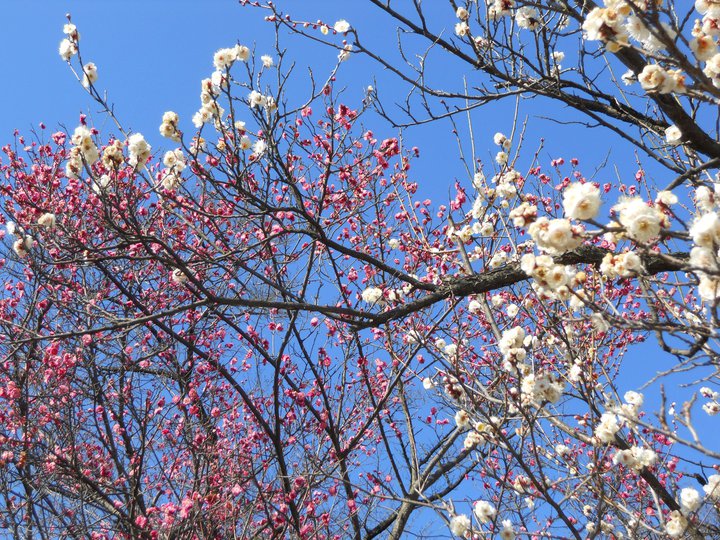
Photo Credit: Yoshikazu Kunugi

Comments